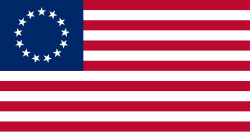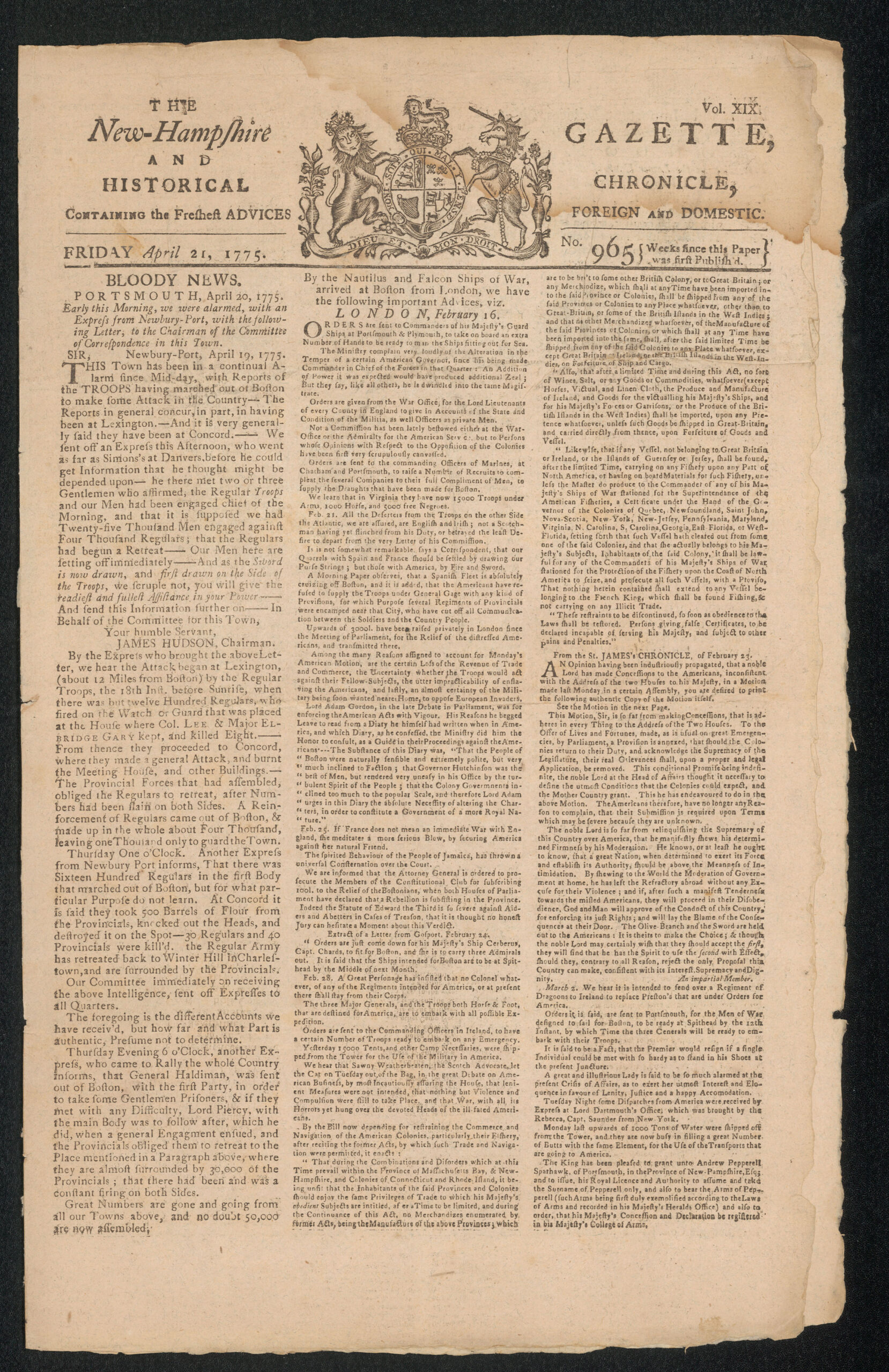Original Thomas Jefferson letter will hit the auction block on July 4
A letter written by Thomas Jefferson will go up for auction on July 4. Estimators value the letter, which discusses the right to bear arms and the Treaty of Paris, at $90,000.
As America celebrates its 249th birthday on July 4, a unique piece of American history from one of the founding fathers will hit the auction block.
A letter written by Thomas Jefferson that asserts the rights of democratic citizens to “exercise in arms for defense of their country” will go up for bids in an auction from the Raab Collection. Estimators value the letter at $90,000.
This is the first time the letter has been made available for purchase since 1982.
Written on Dec. 31, 1783, and addressed to Benjamin Harrison, then the governor of Virginia and a fellow signer of the Declaration of Independence, the letter addresses a number of topics. Jefferson muses on the spread of democracy across the world and the political fate of the Treaty of Paris, which formally ended the war between the U.S. and Great Britain.
The letter could be of particular interest to Second Amendment enthusiasts, which would be somewhat ironic since the Second Amendment would not be written until six years after it was penned. Despite that, Jefferson makes a passionate case for the right to bear arms in his note to Harrison, writing that Democratic citizens wanted “to exercise in arms for the defense of their country: of 80000 men able to bear arms among them it is believed scarcely any will refuse to sign this demand.”
Jefferson also expresses concerns that the Treaty of Paris might not be ratified by Congress in time for it to be sent back to Britain and made official.
“We have yet but seven states, and no more certain prospects of nine than at any time heretofore. We hope that the letters sent to the absent states will bring them forward,” he writes.
(Harrison, in a follow-up note that is not part of the auction, would write back to calm his fears that the treaty would pass.)
“This letter speaks to us today on many levels,” said Nathan Raab, president of the Raab Collection and author of The Hunt for History. “We can see the power and inspiration of Jefferson’s pen, as he can begin to reflect on the success of his work and the American Revolution and witness democratic ideals spreading worldwide.”
To Benjamin Harrison
Annapolis, Dec. 31, 1783.
Sir
Letters from Holland from the middle to the last of September inform us that the citizens of the Dutch states are all in commotion. The conduct of the Prince of Orange having been such as greatly to strengthen the republican party, they are now pressing in the firmest tone a restoration of their constitutional rights. Friesland, as usual, leads the way.
They have demanded of the sovereign assembly of the states that the power of the Stadtholder to change or reinforce the garrisons be limited or taken away, and that themselves be authorized to exercise in arms for the defence of their country: of 80000 men able to bear arms among them it is believed scarcely any will refuse to sign this demand.
The Hollanders have referred to a Committee in their last assembly the examination of the power by which the prince undertakes to appoint flag officers of their fleet, and that he be desired to abstain from the exercise of it. There happens to be vacant the place of admiral. The other states seem to be in the same temper, and are now regularly exercising themselves in arms under the ensigns of their respective towns. Tho each state is to chuse their Stadtholder out of the Orange family they consider themselves not bound to chuse the eldest, and of course that they may chuse different ones.
The state of Europe at present seems favorable to the republican party, as the powers who might aid the prince are either fatigued with the late war, or likely to be engaged in the ensuing one.
We have yet but seven states, and no more certain prospects of nine than at any time heretofore. We hope that the letters sent to the absent states will bring them forward.








:max_bytes(150000):strip_icc()/GettyImages-148555983-5a05dd24ec2f640036efb6f4.jpg)

